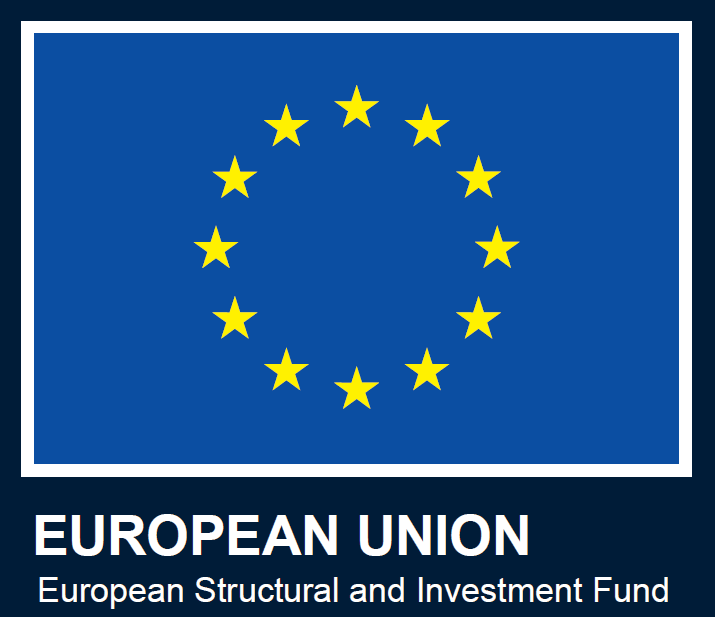Hangbo Yue will defend his PhD thesis entitled “Polymer interaction with macroscopic carbon nanotube fibres and fabrication of nanostructured composites” next Friday 11th of September at 11.00 hrs., in the Polytechnic University of Madrid, (Escuela de Caminos, Canales y Puertos, (Green Room)). His work has been supervised by Dr. Juan José Vilatela and Porf. Javier Llorca.
Abstract
The assembly of carbon nanotubes into a macroscopic fibre material where they are preferentially aligned parallel to each other and to the fibre axis has resulted in a new class of high-performance fibres, which efficiently exploits the axial properties of the building blocks and has numerous applications. Long, continuous CNT fibres were produced in IMDEA Materials Institute by direct fibre spinning from a chemical vapour deposition reaction. These fibres have a complex hierarchical structure covering multiple length scales. One objective of this thesis is to reveal this structure by means of state-of-the-art techniques such as synchrotron X-ray diffraction, and to build a model to link the fibre structural elements. Texture and gas absorption measurements, using electron microscopy, wide angle and small angle X-ray scattering (WAXS/SAXS), and pore size distribution analysis by Barrett-Joyner-Halenda (BJH), indicate that the material has a mesoporous structure with a wide pore size distribution arising from the range of fibre bundle separation, and a high surface area ~170 m2/g. Fractal dimension values of ~2.5 obtained from the SAXS and BJH measurements highlight the network structure of the fibre.
Mesoporous and yarn-like structure of CNT fibres make them accessible to the infiltration of foreign molecules (liquid or polymer). This work studies multiscale structural changes when CNT fibres interact with liquids and polymers. The effects of densification on the structure of dry CNT fibres were measured by WAXS/SAXS. The densification treatment brings the fibre bundles closer (pores become smaller), leading to an increase in fibre density. However, structural domains made of the load and charge carrying nanotubes are not affected; consequently, it has no substantial effect on mechanical and electrical properties. SAXS measurements on the CNT fibres before and after liquid infiltration imply that most liquids are able to fill the internal pores but not to intercalate between nanotubes. Successful infiltration of low molecular weight polymer chains tends to expand the fibre bundles and increases the pore-opening angle. SAXS results indicate that the inner structure of the fibre, in terms of the nanotube layer arrangement and the fibre alignment, are not largely affected when infiltrated with polymers of relatively high molecular weight.
The crystallisation of a variety of semicrystalline polymers is accelerated by the presence of aligned fibres of CNTs and results in the growth of a transcrystalline layer perpendicular to the fibre surface. This can be observed directly under polarised optical microscope, and detected by the exothermic peaks during differential scanning calorimetry. The discussion on the driving forces for the enhanced nucleation points out the preferential chain orientation of polymer lamella with the chain axis parallel to the fibre and thus to the nanotubes, which is confirmed by two-dimensional WAXS patterns. A non-epitaxial polymer crystal growth habit at the CNT-polymer interface is proposed, which is independent of lattice matching between the polymer and nanotubes. These findings contribute to the discussion on polymer nucleation on CNTs and other nanocarbons, and their implication for the development of large polymer composites based on long and aligned fibres of CNTs.


